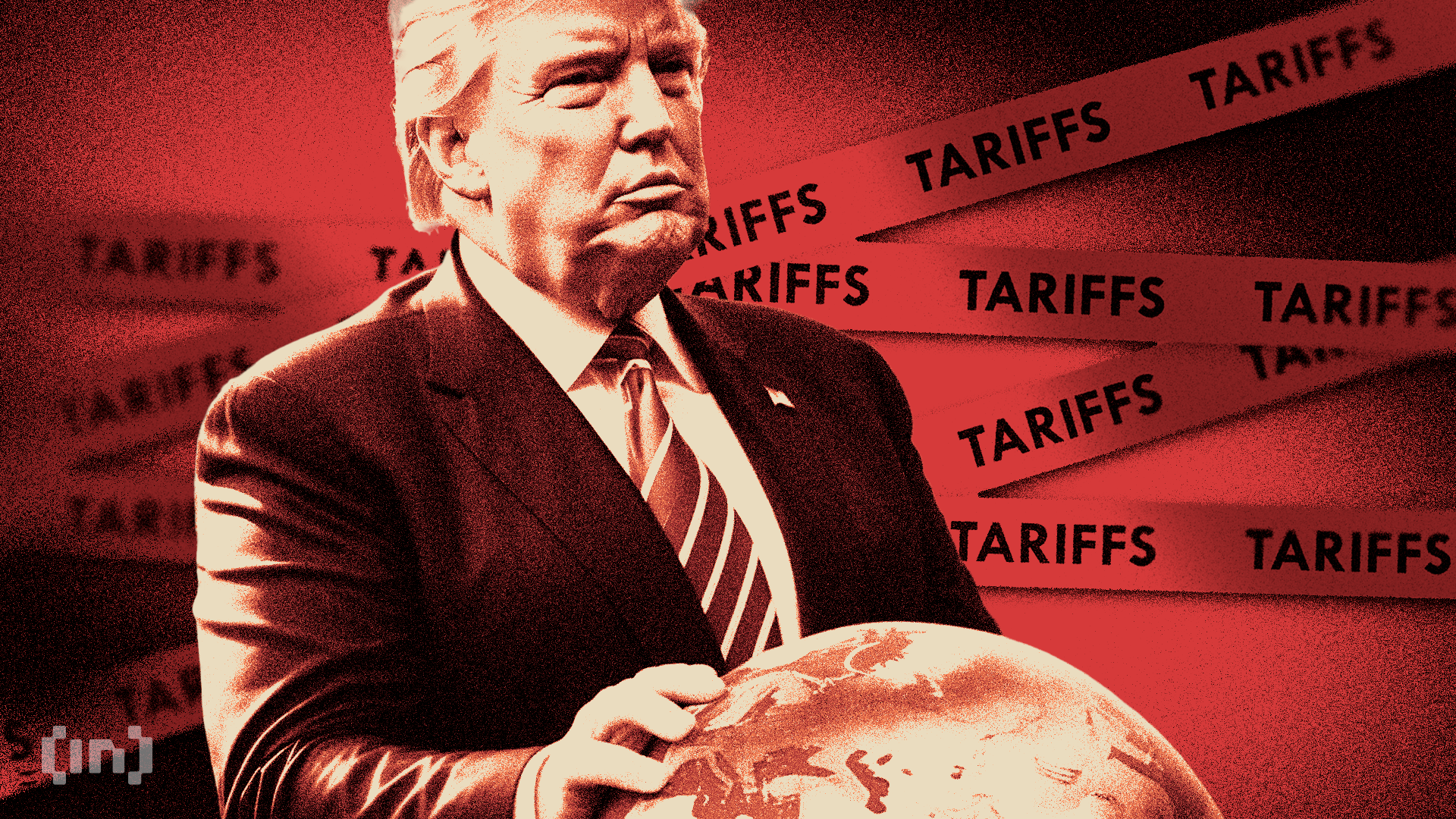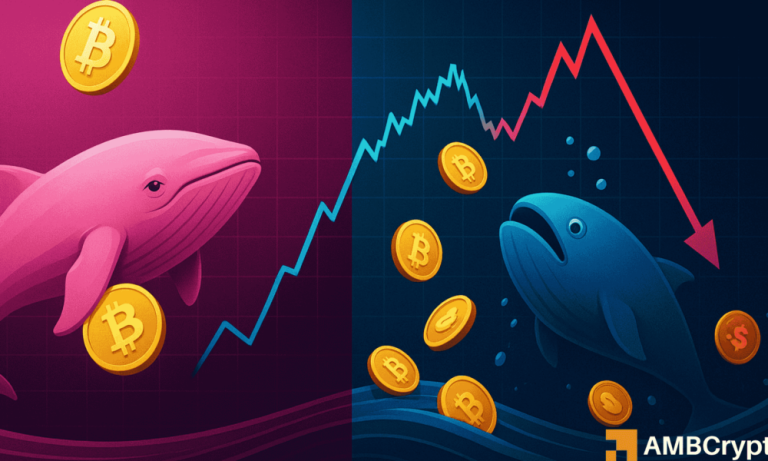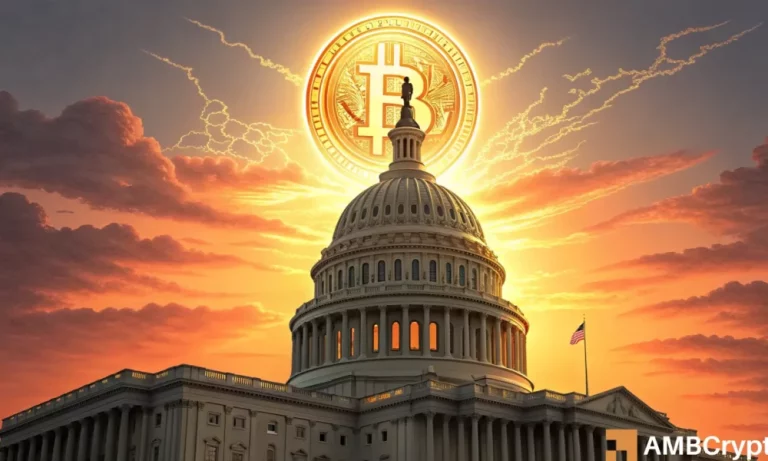
The recent announcement by former US President Donald Trump regarding a $2,000 tariff dividend has sent waves through the financial and cryptocurrency sectors. With experts debating whether this policy will trigger a fresh economic surge or a burst of inflation, it’s clear that the impact on the crypto market could be transformative.
What Is the $2,000 Tariff Dividend?
Trump’s plan involves distributing at least $2,000 to qualifying American citizens. According to statements, this “dividend” will be generated from tariff revenues as opposed to printed money, potentially limiting inflationary risks. This approach, proponents argue, could stimulate the economy without contributing to the deficit.
The distribution is expected to target over 85% of American adults, excluding high-income earners, resulting in a total payout of over $400 billion. But how Americans choose to use their newfound funds may play a significant role in shaping its economic footprint.
A Catalyst for a Crypto Bull Run?
Past stimulus measures, such as those seen during the COVID-19 pandemic, fueled massive surges in the cryptocurrency market. Notably, Bitcoin skyrocketed nearly 20-fold, Ethereum realized a 50-fold increase, and altcoins experienced gains exceeding 100-fold.
Many analysts are now drawing parallels between this new tariff dividend and previous economic relief packages, expecting a similar uptick in cryptocurrency investment. According to popular cryptocurrency analyst CryptosRus, “If even 20% of the total $400 billion distribution flows into crypto, that’s $80 billion of fresh liquidity ready to ignite markets.” This prediction aligns with historical data, emphasizing the potential for explosive growth in this sector.
For anyone entering the crypto space or looking to secure gainful tools for investments, platforms like Coinbase provide excellent resources for buying, selling, and managing digital assets seamlessly.
Cautions and Possible Challenges
Despite the optimism, there are significant cautionary tales to consider. Treasury Secretary Scott Bessent has hinted that the dividend might not be in the form of direct payments but rather tax cuts, such as waiving taxes on Social Security income or auto loan interest deductibility. If this materializes, the economic impact on the cryptocurrency market could fall short of expectations.
Additionally, rising inflation remains a concern. While tariff-based revenue may alleviate debt, some analysts worry about its insufficiency in covering the larger fiscal deficit. The Kobeissi Letter warns that new stimulus measures could trigger inflationary pressures, citing the 10% inflation peak during previous payouts.
The Ripple Effect Across Financial Sectors
From consumer spending to stock investments, the incoming dividend promises to influence various financial sectors. For example, investments in technology—often linked to cryptocurrency innovations like blockchain—could receive a boost. Similarly, a surge in disposable income typically strengthens consumer interest in lifestyle trends, including fitness, wellness, and beauty.
To stay ahead in today’s rapidly evolving financial ecosystem, exploring high-quality beauty-related products like Drunk Elephant’s Lala Retro Whipped Cream could also reveal how economic policies overlap with lifestyle preferences and spending habits.
Final Thoughts
The $2,000 tariff dividend is poised to create ripples in the US economy, with the crypto market standing out as a potential winner. According to industry experts, this stimulus might even signal the beginning of a new bull run. However, uncertainties surrounding its exact implementation—whether via tax breaks or direct payouts—and its broader economic implications will keep market analysts on high alert.
As this story continues to unfold, enthusiasts and investors alike will be watching closely to determine if this historic move will drive transformative growth or create economic hazards. For now, preparing a diversified plan may be the wisest approach.



